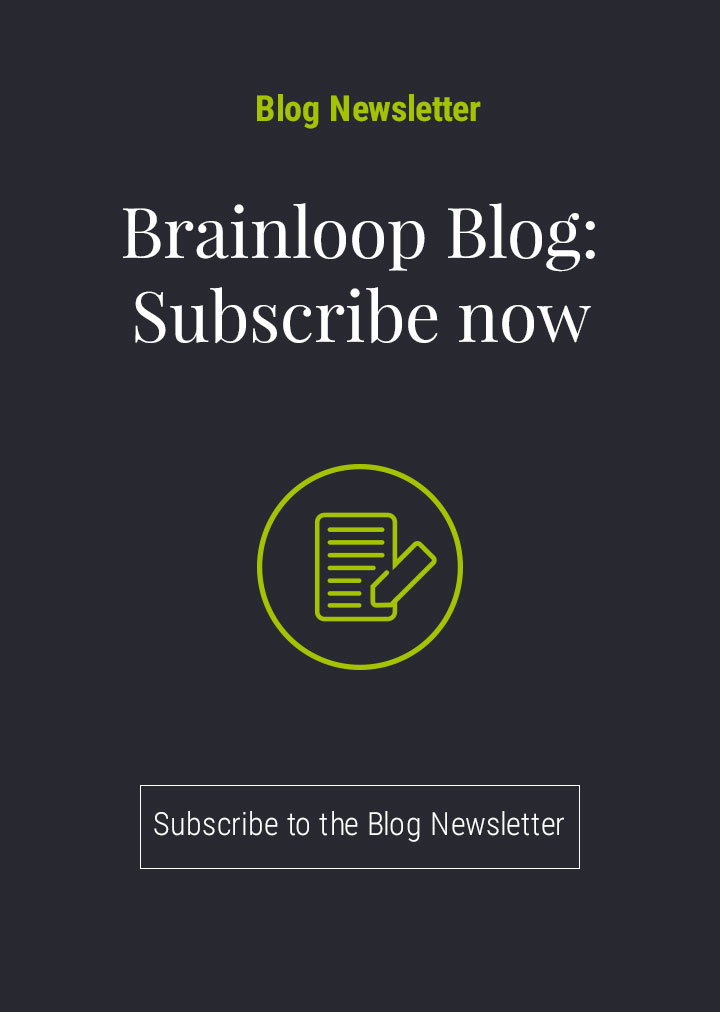Brainloop recently launched The Board Lab, a joint initiative with The Chairman’s Network, created to look at the issue of board effectiveness. It comprised of a series of events to encourage open discussion and thinking to find solutions for the modern-day boardroom. By using the event format of a board, realistic findings could be used for application back in the boardroom.
The Board Lab brought together leading chairmen, board members and company secretaries with Barry Gamble, an experienced Chairman of debates and companies, as Chairman. The events covered perhaps what we might term the pillars of board effectiveness:
- Setting the board agenda
- Board papers and data
- Board dynamics
- The chairman’s role
- The skills set gap
The various perspectives, ideas, and valuable insight on these critical board processes have been collected in five eBooks with the aim of making your board more effective.
But before we explore these topics in greater detail, we need to define what ‘effective’ is and what characterises a board as effective.
So what does board effectiveness look like?
An effective board shouldn’t necessarily be a comfortable place. Two words that keep appearing during discussions are ‘challenging’ and ‘debate’. Board members feel that an effective board is one that constructively challenges while providing guidance and strategic support.
It has been said an effective board is a safe space – an environment where members can communicate freely, openly and honestly. Working to purpose with full engagement of all the directors is also an important contribution to an effective board – in effect this is the chairman’s role. “Individuals have got to behave properly and listen to each other to achieve real value,” a chairman was quoted as saying.
Diversity in board composition is an important driver of a board’s effectiveness, bringing a sense of perspective among directors, and breaking down a tendency towards ‘group think’.
“The way to be more effective is to ensure that the preparation is done so that all members can properly engage in the meeting with full understanding,” said a board member. As part of the preparation, it has been noted that building relationships outside of the boardroom could help conversations in the boardroom. That sounds like teamwork to me and another essential feature of an effective board.
So we know some of the ingredients of an effective board, but how do we measure that effectiveness? “If there’s no measurement, how do you know if you’re effective?” it has been said. We can only measure effectiveness by looking at specific goals such as what the shareholders want. The person primarily responsible for this is the chairman who has to set action points and organisational objectives for the meeting, as well as ensuring its smooth running.
No two boards are the same as no two people are the same. And like people, boards will have their unique characteristics, quirks, traits and personalities. As such, there are no de facto, set rules that ensure an effective board, but there are essential elements that form the basis of, and contribute to, board effectiveness, that take place both inside and outside of the board meeting itself.
Let’s begin.
This could also be of interest:
A digital boardroom can cut the stress of board papers
4 Tips for effective meeting management
Digitalisation conquers company boards
